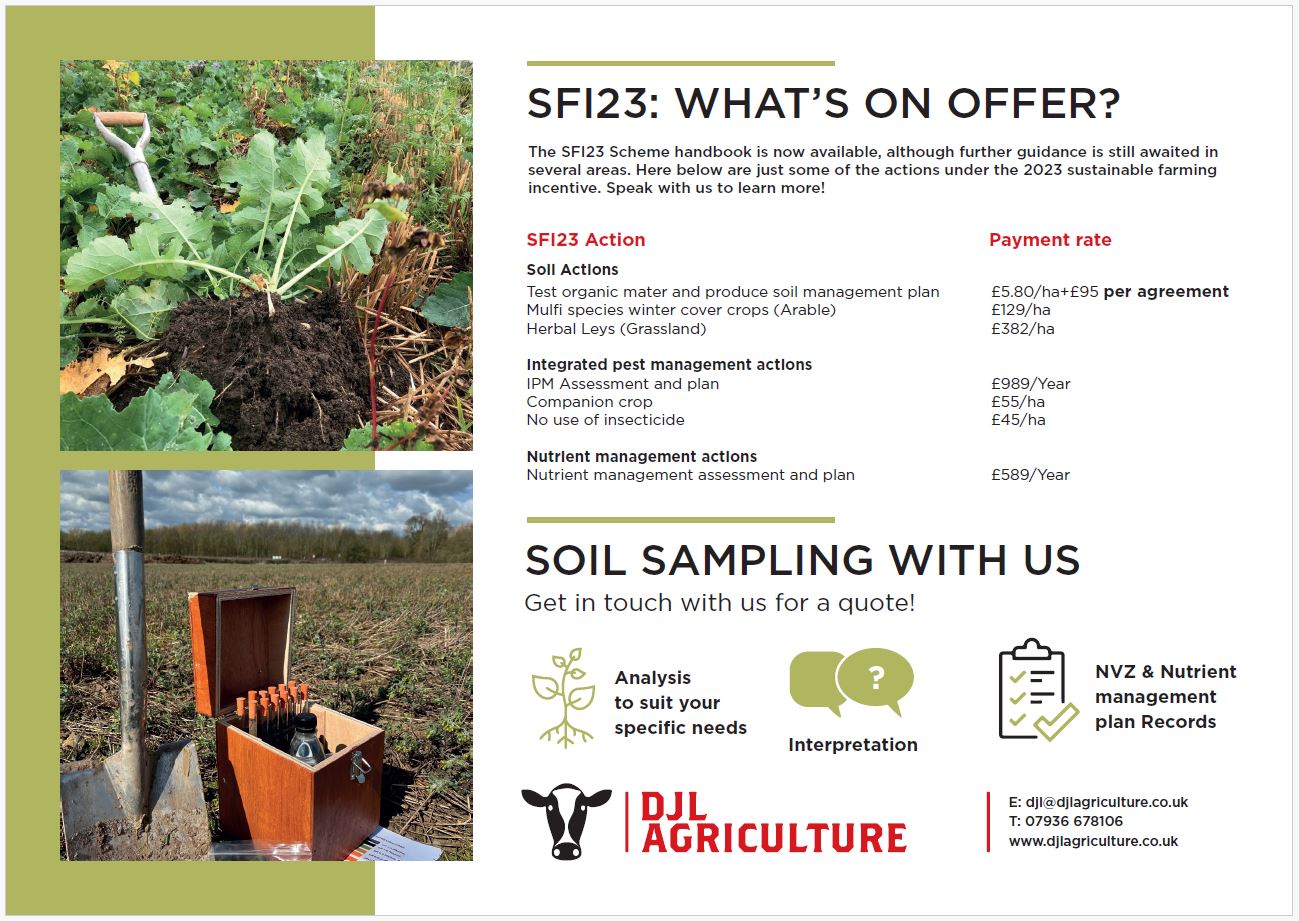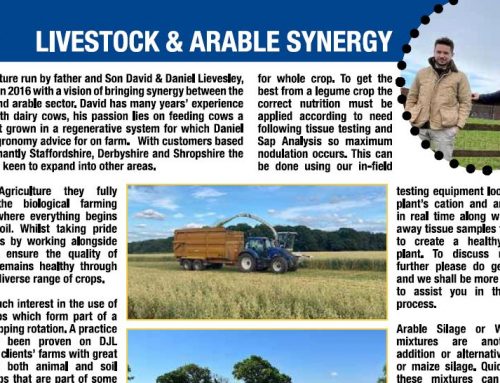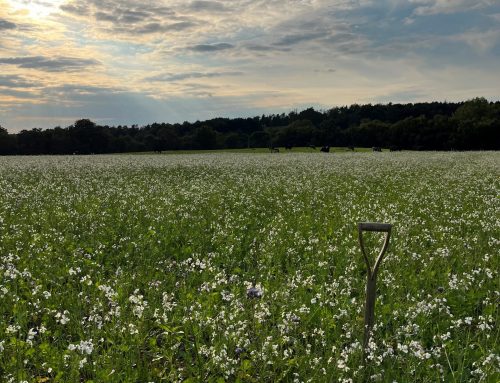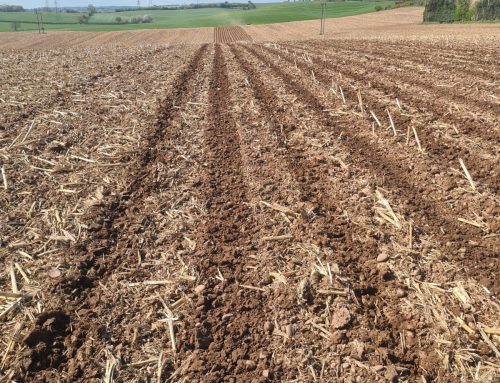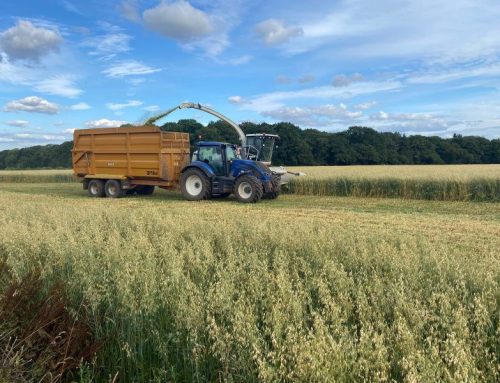Newsletter November 2023 – Issue 9
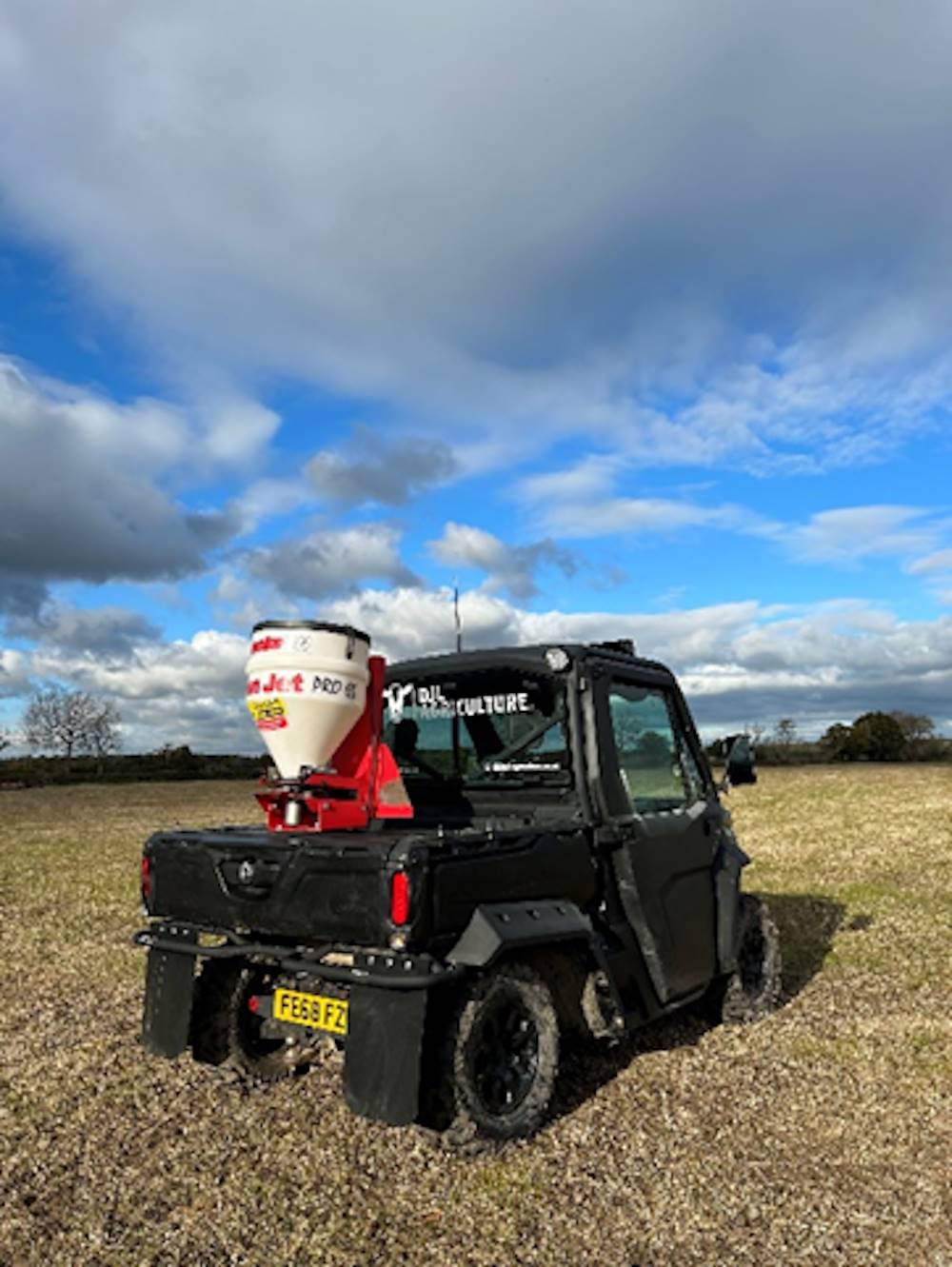

November Newsletter 2023
Issue 9
Covered in this newsletter…
Going fungicide-free
As featured in the CPM magazine – https://www.cpm-magazine.co.uk/wp-content/uploads/sites/9/2023/10/TransitionsOct23.pdf
Staffordshire farmer Steve Brandrick’s aim is for self-sufficiency –– not for himself, but for his livestock.
He wants to ensure the beef cattle at Heatley Bank Farm in Abbots Bromley receive a quality, nutritious ration, which he believes is best done homegrown. With just 64ha, which Steve acknowledges is small-scale compared with many farms featured in CPM, he has to maximise his cropping area, which is currently split between grass, herbal leys, oats, winter wheat and winter barley. And he’s making a success of it –– this year buying in only beef minerals.
So, what made him take a chance on growing Despite a slow start, Steve Brandrick says he admits the fungicide-free wheat looked great come late spring. a crop of fungicide-free wheat last season? Steve says it was on the suggestion of his agronomist Daniel Lievesley who he’s been working with for the past two years. “Daniel was recommended to me through word of mouth because he understands livestock which is important to me as a mixed farmer,” says Steve.
“I’m running lower stock numbers at the moment (100 vs 140 head of beef) so it’s a good opportunity to try something new, hopefully reduce input costs and improve soil health, before ramping back up.”
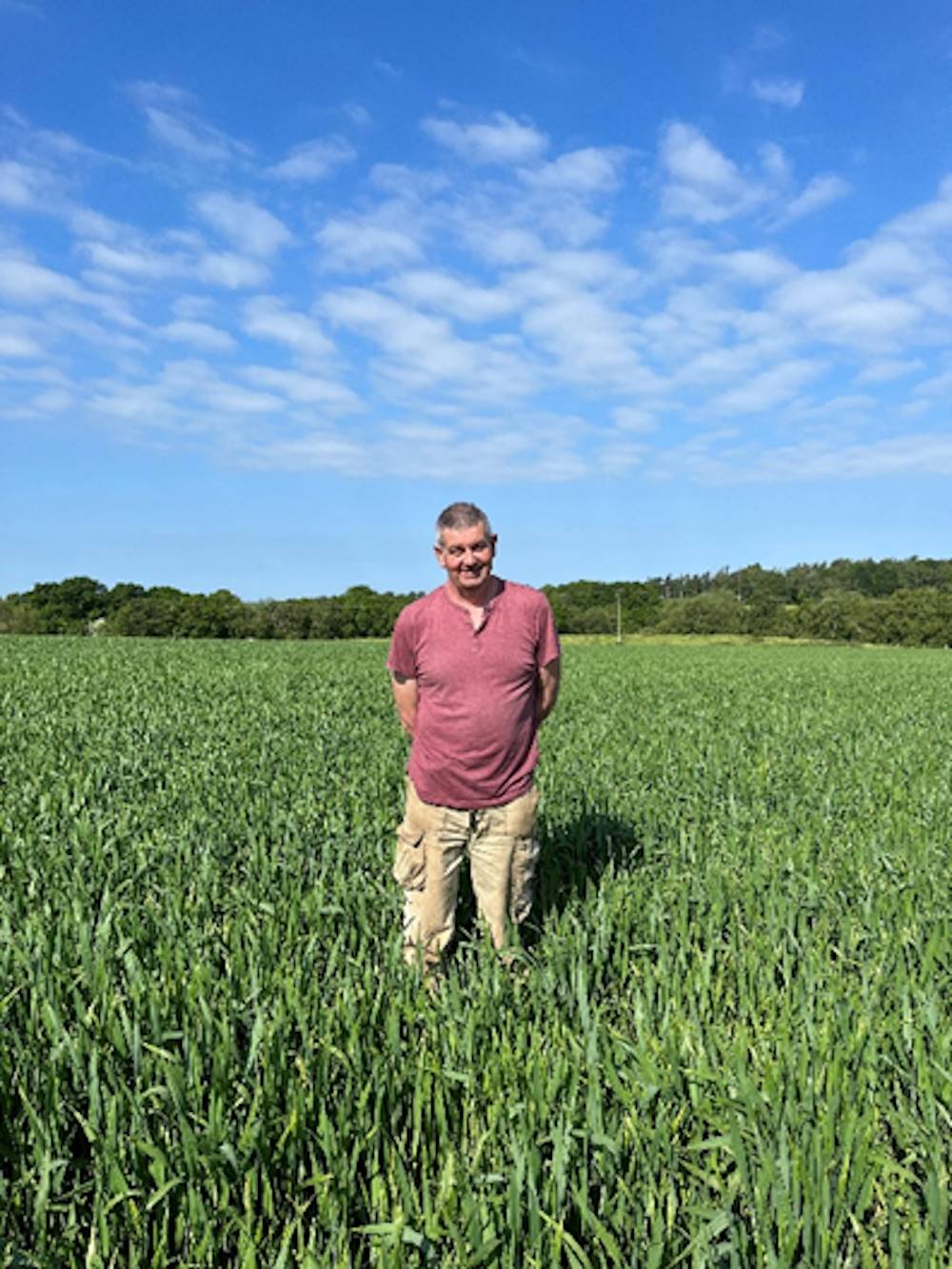
Cover crop blend Having committed to giving it a go, Costello winter wheat was direct drilled on 18 October at 220kg/ha into an eight-way cover crop blend of buckwheat, linseed, phacelia, fodder and tillage radish, gold of pleasure (Camelina sativa), common clover and sunflower. Daniel says the original intention was to drill spring barley or oats, but the cover produced ample biomass and conditions were suitable to establish a winter crop instead. “The cover crop was sprayed off with a blend of glyphosate and humic/fulvic acids to help absorption as well as give back to the soil biology.
The wheat grew steadily throughout the winter and wasn’t treated until February which consisted of a foliar phosphorus, manganese and PGPR plant growth-promoting rhizobacteria, mix,” explains Daniel. He says his aim as an agronomist is to replace conventional fungicides with optimised plant nutrition, supported by regular SAP analysis, leaf tissue testing and Brix readings, to ensure a crop receives what it requires throughout its lifecycle. But up until now in the story, Steve says Despite a slow start,
Steve Brandrick says he admits the fungicide-free wheat looked great come late spring he remained a little dubious. He says…
“In honesty, the wheat was slow to get moving compared with a crop grown under a conventional programme. It was drilled into one of our lighter fields at the farm, a sandy clay loam, but perhaps it was a fortnight too late. We don’t suffer from high blackgrass pressure so aren’t tied to delayed drilling,”
Although striving to avoid fungicide use, the crop did require a spring herbicide application of mesosulfuron+ iodosulfuron+ DFF, mainly to keep annual meadowgrass at bay. It was then treated at T1, T2 and T3 with a bespoke biological treatment, mixed according to the results of the tissue testing and SAP analysis. Daniel says he recommended this approach because biological treatments are becoming integral tools in a more holistic farming model, to solve challenges and stimulate growth with less chemical dependence.
To support the experiment, Steve brewed his own compost teas in IBCs on the farm. These ‘biological brews’ included beneficial microbes, molasses-based microbe food, and trace elements such as Epsom salts.
With the crop having improved considerably, Steve says he was starting to come around to the idea.
“I have to admit it looked great come late spring, but I’m usually a plough man so this was a completely different approach for me. I think it’s definitely a case of holding your nerve and there is a trade off –– the crop didn’t look amazing in the early days but it came through in the end,” he says.
The wheat was harvested on 17 August ahead of going into winter barley (Tardis), and other than the one herbicide spray, received no fungicide, insecticide or PGR. Because the wheat is going straight back into the farm as a feed ration, Steve says the figure on the combine is somewhat irrelevant, as long as the quality is there.
“I’m looking for the optimum way to provide the best feed for my cows while being profitable, so being able to save on input costs means I can tolerate a lower yield. I’m a one-man-band with my own equipment so do everything myself other than this year paying for a contractor to direct drill. “I know this approach isn’t necessarily possible for larger systems and maybe it’s easier on a smaller scale because there’s greater flexibility,” he admits. Daniel says Heatley Bank Farm is the ideal site to trial such principles, because it’s one-to-one between the grower and advisor. “There’s a lot of talk of regenerative agriculture and sustainability will always be a priority of mine as an agronomist. However, it’s important to be realistic. For those on larger farms, perhaps it’s a case of trialling something new on a small area and seeing how it goes.
“We were really pleased with the fungicide-free wheat and it shows what can be achieved when everything comes together,” he says.
Daniel advises growers as part of his family’s business, DJL Agriculture. Whereas Daniel takes care of the arable side of the business, dad David focuses on dairy and understanding the relationship between animal productivity and soil health. David says their philosophy is to promote biological farming solutions to achieve a healthy well-balanced system for the health of the soil and the plant, which in turn helps the health of both livestock and humans.
The step to regen agriculture is just one click away!
To learn more visit www.djlagriculture.co.uk
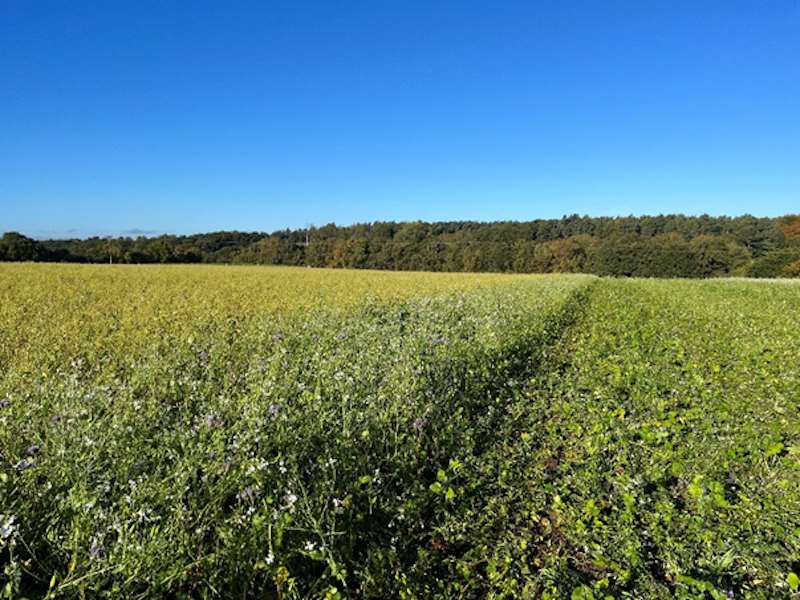
Let us dig into your soil!
Our recent Purchase of a Can-Am UTV will allow us to develop the range of services we offer such as:
- W Pattern Soil Sampling
- GPS Spot Sampling
- GPS Grid soil sampling
- GPS PCN Grid Sampling
- Carbon Check service sampling
- GPS Mapping
- Contract soil sampling
Along with Bio-Logical recommendations using precision soil sampling methods as well as plant tissue sap analysis to better understand agronomic situations on your farm.
Now is the ideal time to arrange soil sampling and plan nutrient application to crops.
Expert soil sampling lets you optimise soil applied nutrition on your farm. Helping you get the best return from your fields.
We provide full support, backed up by a FACTS qualified advisor.
DJL Agriculture is taking soil testing to the next level and driving farming forwards.

Sign up now to receive 20% off your soil sampling for next year!
Visit our website to book a full range of soil sampling options.
https://djlagriculture.co.uk/contact-us/soil-sampling-service-sign-up/
SFI
The government has announced that the new and improved Sustainable Farming Incentive (SFI) for 2023 is now open for applications.
The revitalised scheme will pay farmers in England on a quarterly basis to take actions that support farm profitability, resilience, and food production, whilst simultaneously protecting and enhancing the environment.
More information on what the 2023 SFI scheme entails can be found here:
https://defrafarming.blog.gov.uk/2023/09/13/sfi-pinned-post/
